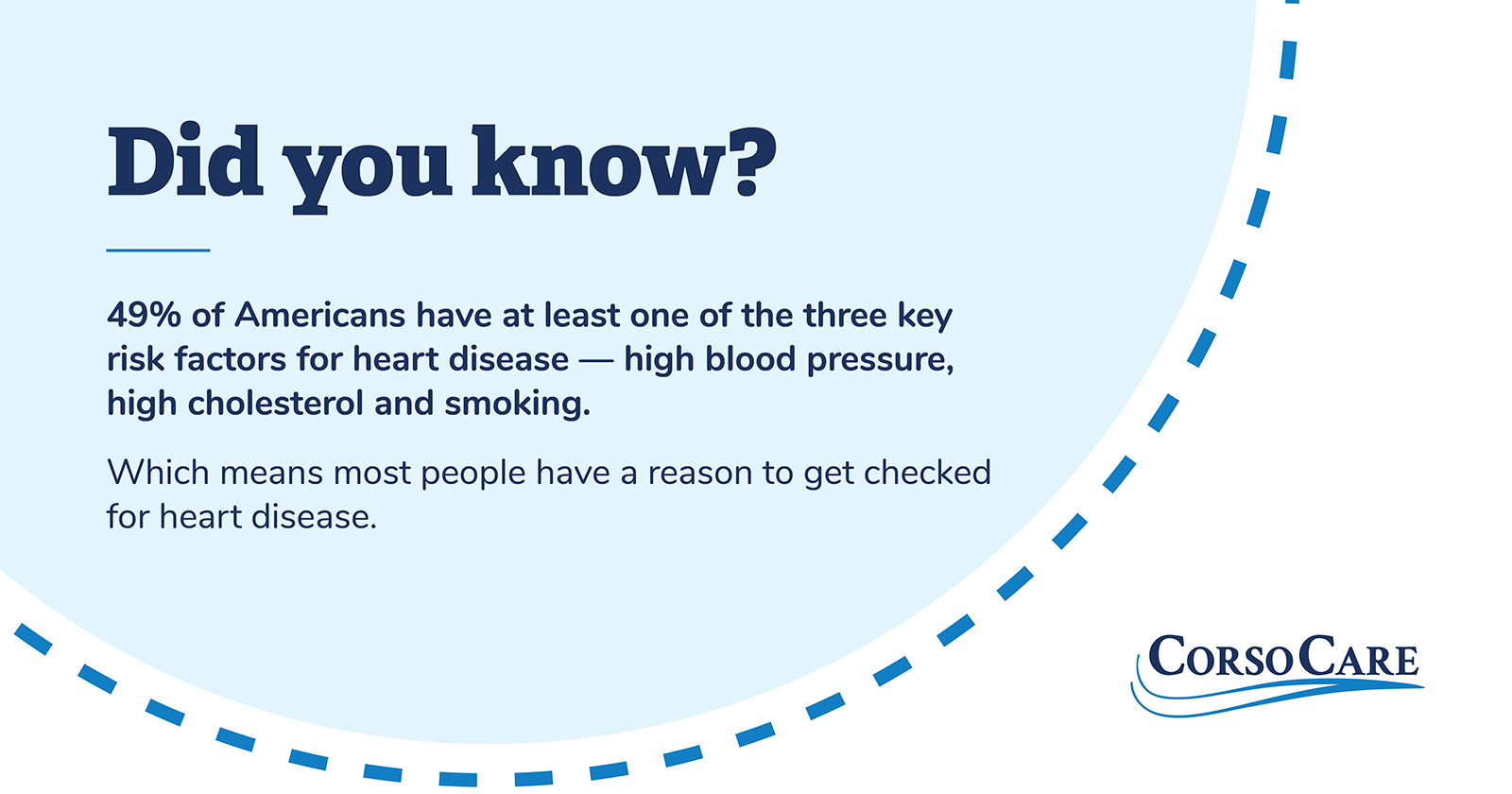
Diagnosis of Heart Failure
If you or a loved one are experiencing any symptoms of heart failure, the most critical diagnosis is the one you can make as a patient — deciding to see your doctor immediately.

Once you’ve made this crucial step, your physician can determine if you have heart disease, starting by asking about your symptoms and medical history.
These include things like:
- Any health conditions you may have, such as kidney disease, chest pain, high blood pressure, high cholesterol, diabetes, coronary artery disease or any other related heart issues.
- Family history of heart disease
- How often you smoke tobacco or drink alcohol
- History of chemotherapy or radiation
- List of medications you take
Once they know these essential facts, they can turn their attention to your heart’s performance. There are several tests a physician can use to measure this, including:
- Blood tests
- NT-pro B-type Natriuretic Peptide (BNP) blood test
- Cardiac Catheterization
- Chest Xray
- Echocardiogram (echo)
- Magnetic resonance imaging (MRI)
- Electrocardiogram (EKG or ECG)
- Multigated Acquisition Scan (MUGA scan)
- Stress test
These tests will help a doctor understand the patient’s Ejection Fraction (EF), which measures how well the left ventricle (or right ventricle) pumps blood with each heartbeat.
A healthy heart beats about 60 to 80 times per minute to pump blood throughout the body. If the ejection fraction (EF) shows yours is below normal, that means heart failure is present.
Four heart failure stages exist (Stage A, B, C and D). The stages range from “high risk of developing heart failure” to “advanced heart failure.”
Whichever stage you’re diagnosed with, the next step is to devise a plan to treat and manage the disease properly.
